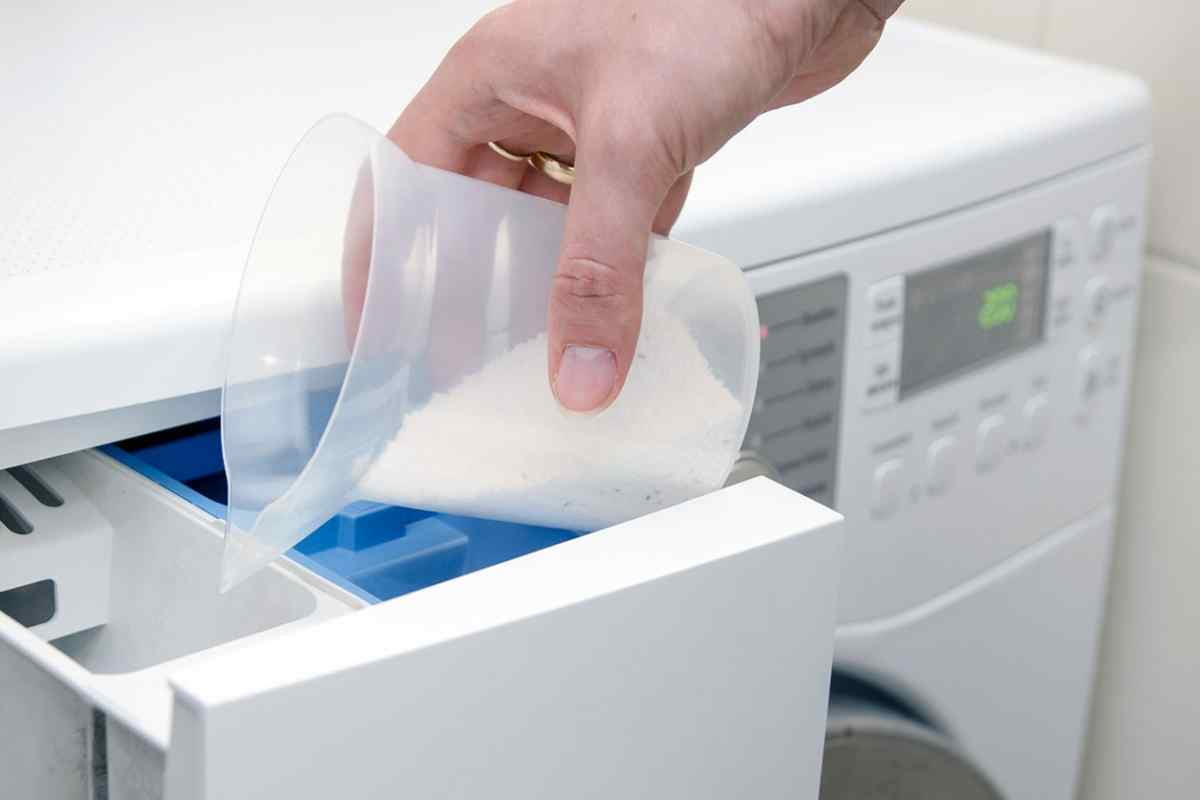liquid vs powder laundry detergent front loaders
There is great competition for liquid vs powder laundry detergent among those who use front loader washing machines
But what front loader washing machine means and what are the differences between top loaders? Although industrial front load washers are popular in the United States, household front load washers, also known as horizontal axis washers, are still a relatively recent addition to the consumer market here
Front-load washing systems are a bit of a mystery since top load washers with a central agitator have serviced the U
S
for so long
Can they wash clothing with minimal water, no agitator, and little to no detergent?
The Operation of a Front-Load Washer
Certainly, top-loading and front-loading washers have certain characteristics
The similarities stop there; both employ a motor, control system, drain pump, outside washtub, stainless steel inner drum, and rotational spinning to remove water from the clothing
Front-load washers function by adding a tiny quantity of water to the inner tub’s bottom and allowing gravity and the tub’s movement to move the clothing through the water

The rotational movement resembles the tumbling motion of a clothes dryer
The interior drum’s side paddles move the clothing in and out of the water by lifting it
The mechanical action (scrubbing) required to remove dirt from a cloth is provided by this
Front-load washers use a lot less water than a typical top loader since this sort of mechanical wash operation does not demand that the garments be submerged in water at all times
Of course, using less detergent and one designed to generate less froth and bubbles can help you avoid over-sudsing and residue buildup in your clothing when using less water
Use of Water
Water use is reduced by front-load washers by roughly 50%
For each full load, a typical top-loading washer needs roughly 26 gallons of water
Only around 13 gallons are used by a full-size front-load washer
That translates into hundreds of gallons of water saved annually for the typical home
That also translates into less energy being used and lower operating costs
No matter how many clothes are placed into the washer, front-load washers always fill to the same low water level throughout the wash cycle
To keep the water level at the predetermined level, extra water is supplied if the load is greater and absorbs a lot of the wash water
On most models, water is poured into the drum as the garments tumble, quickly soaking the clothes and reducing the amount of water that has to be added

Components
Compared to top load washers, front load washers have simpler internal parts
The drum is often linked to the motor using a pulley wheel and belt
Comparable to a top load washer, there are no gears or a clutch
In order to retain the water and the clothing within the drum during the cycles, the machine incorporates a flexible bellows system (often made of rubber)
Maintaining this system in top condition is crucial because otherwise, tiny objects may slide between the inner basket and tub, clogging the drainage system or impeding the inner basket’s spin
The bellows, which are flexible and often have several folds that bend when the washer is in operation, may also collect water and lead to the growth of mildew or mold, which can produce unpleasant aromas
1 A front-load washer has to be cleaned and maintained on a regular basis
The door latch/lock mechanism must function perfectly to avoid leaks and mishaps, even if some models enable you to access the door during a cycle to add more garments
The electrical control system is not as straightforward as the mechanical internal parts, however
In order to choose the cycles based on the load size and soil level, modern front loaders do not provide a straightforward dial control
Minicomputer components regulate the electronics, which are constructed such that if one component breaks, the whole device has to be replaced

If you are handy, you can do numerous repairs on your own, such as unclogging a blocked water pump or drain
The majority of front load washer user and service manuals are accessible online
Liquids and powder for front-loading laundry have modest sudsing
The primary distinction between the two is this
Regular laundry powder and liquid designed for top load machines have the potential to fill your machine with suds that will reduce the effectiveness of the wash and never rinse out with the regular cycle in the machine because front load washing machines are completely sealed units and work on low water levels and tumbling action
Can I use a Front Load machine with a Top Load powder or liquid? No
You’ll have a machine full of suds that won’t easily drain with the normal cycle of the machine
You’ll need to perform maintenance clean thereafter if you accidentally do it
For further information, contact the maker of your equipment
Can I use a Top Load machine with Front Load powder or liquid? Yes
The clean is not created by the suds
It is the surfactants
Whether you choose a top load or front load detergent, a top-load machine will still clean your clothes just as efficiently
Avoid the temptation to use more since you can’t see the suds
To obtain your usual clean, just adhere to the instructions on the container

Why does Abode no longer produce a top load laundry powder? Both a top-loading and front-loading laundry powder were first developed by Abode Cleaning Products
Regardless of the labeling, the front load/low-sudsing version of Abode’s all-natural washing powders has been available for almost a year now
It used to be labeled as “top load” or “front load
” The current consensus is Top or Front Load
Regardless of the powder you were previously purchasing, it is all the same powder when it comes time to purchase a new bucket; all you need to do is choose your preferred smell
Contact our experts to help with the best quality laundry detergent according to your washing machine specifications and other factors









